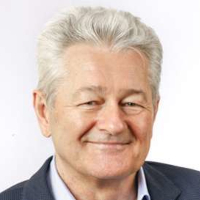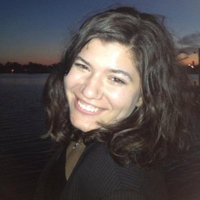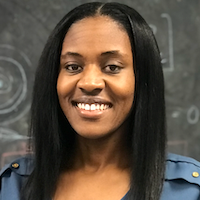Jason Cory Brunson (UF Laboratory for Systems Medicine)
ZoomNetwork Analyses of Murine Glomeruli Kidneys filter blood through capillary bundles called glomeruli. Improved understanding of glomerular topological and spatial structure may inform our understanding of its development and function. We devised a new imaging approach to 12 murine glomeruli, using automated microtome tape to collect .5-micron serial sections and scanning electron microscopy to image …









